2021年7月8日,由上海当代艺术博物馆携手卡地亚当代艺术基金会共同举办的“树,树”展览在上海盛大开幕。展览意在凸显了生物世界的伟大主角——“树”之魅力,呈现其美感及生物多样性。
 2021“树,树”展览现场
2021“树,树”展览现场
开幕当天,上海当代艺术博物馆馆长及此次展览策展人龚彦女士、艺术评论家及此次展览策展人费大为先生、卡地亚中国首席执行官艾敬尧(Guillaume Alix)先生、参展艺术家张恩利先生与胡柳女士、上海辰山植物园执行园长胡永红先生在展览现场,与卡地亚当代艺术基金会馆长及此次展览策展人埃尔维·尚戴斯(Hervé Chandès)先生、卡地亚全球总裁兼首席执行官思礼乐(Cyrille Vigneron)先生、展览策展人布鲁斯·阿尔贝先生(Bruce Albert)、哲学家埃玛努埃尔·考克西亚(Emanuele Coccia)先生,以及参展艺术家法布里斯·伊贝尔(Fabrice Hyber)先生远程连线,一同为展览拉开了帷幕。来自各地的艺术文化界和科学界嘉宾齐聚上海当代艺术博物馆,共同见证这一艺术盛事。
 新闻发布会
新闻发布会
(上排自左向右)卡地亚全球总裁兼首席执行官思礼乐(Cyrille Vigneron)先生,卡地亚当代艺术基金会馆长及展览策展人埃尔维·尚戴斯(Hervé Chandès)先生
(下排自左向右)著名主持人陈蕾女士,艺术评论家、此次展览策展人费大为先生,上海当代艺术博物馆馆长及此次展览策展人龚彦女士
 开幕座谈
开幕座谈
(上排自左向右)卡地亚当代艺术基金会馆长及展览策展人埃尔维·尚戴斯(Hervé Chandès)先生,法国艺术家法布里斯·伊贝尔(Fabrice Hyber)先生,法国哲学家埃玛努埃尔·考克西亚(Emanuele Coccia)先生
(下排自左向右)中国艺术家胡柳女士,艺术评论家、此次展览策展人费大为先生,上海当代艺术博物馆馆长及此次展览策展人龚彦女士
 开幕座谈
开幕座谈
 开幕式及酒会
开幕式及酒会
(左)上海当代艺术博物馆馆长及此次展览策展人龚彦女士
(右)卡地亚中国首席执行官艾敬尧(Guillaume Alix)先生
 艺术评论家、此次展览策展人费大为先生
艺术评论家、此次展览策展人费大为先生
“树,树”展览前身为卡地亚当代艺术基金会在2019年巴黎策划的展览“我们,树”受到广泛赞誉。此次卡地亚当代艺术基金会和上海当代艺术博物馆非常荣幸将展览在上海为中国观众呈现这一展览的新版本,意在进一步深化和丰富展览内容,关注中国艺术家在这一领域的创造,提升我们对树的理解、体验和想象。
通过近30位来自中国、拉丁美洲、印度、伊朗以及欧洲艺术家的200余件作品,展览颂扬了树木作为人类社会的主要审美灵感来源。它也呼应了最新的科学发现,为理解树木的智慧提供了新的思路。展览邀请我们将树木——我们赖以生存的大气层中氧气的来源——视为我们共同世界中的真正伙伴。
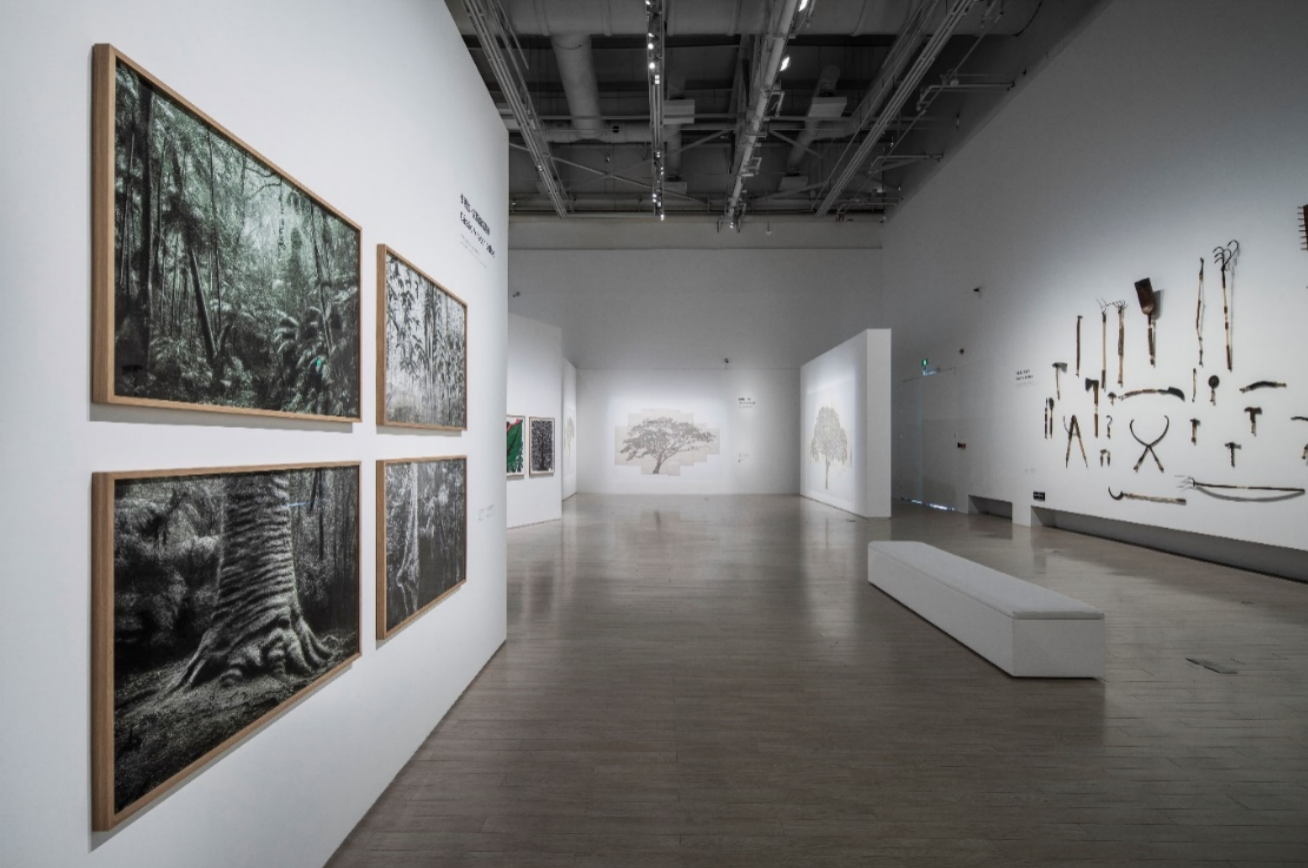 2021“树,树”展览现场
2021“树,树”展览现场
展览汇聚了艺术家、植物学家和科学家,通过他们独特的审美认知或科学探索,与树木建立起深刻而亲密的联系:
——法国植物学家弗朗西斯·阿雷(Francis Hallé)六十多年来潜心研究树木,将自己的发现编入他的写生绘图和旅行日志之中。
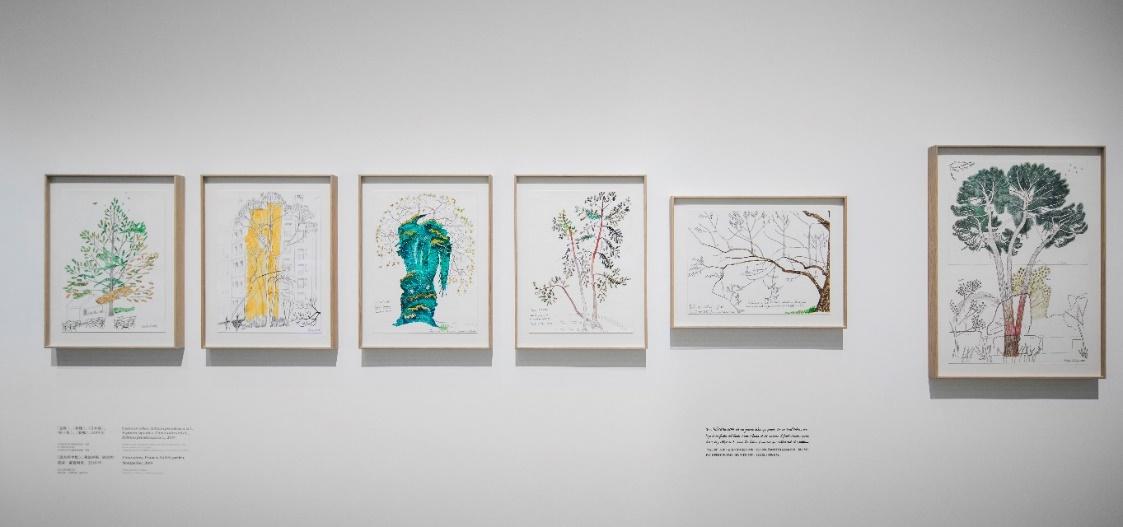 法国植物学家弗朗西斯·阿雷(Francis Hallé)的参展作品
法国植物学家弗朗西斯·阿雷(Francis Hallé)的参展作品
——法国艺术家法布里斯·伊贝尔(Fabrice Hyber)为展览创作的装置作品回溯他的艺术和人生项目:他在家庭农场旁的山谷中播撒了约50万颗树种,逐渐将田野变成一座森林,将风景变成一件艺术作品。
 法国艺术家法布里斯·伊贝尔(Fabrice Hyber)的参展作品
法国艺术家法布里斯·伊贝尔(Fabrice Hyber)的参展作品
——哥伦比亚艺术家乔哈那·卡勒(Johanna Calle)在纸上用打字机描绘出大树的精致剪影,而打字机所传递着关于哥伦比亚农民的弱势性地位的政治信息。她在系列作品《轮廓》中用打字机在旧公证簿上抄写哥伦比亚《土地法》,这部法律旨在保护被迫流离失所的农民的权益,农民们可以列出他们在自己土地上所种植的树木,并以此为依据来主张对该土地的所有权。
 哥伦比亚艺术家乔哈那·卡勒(Johanna Calle)的参展作品
哥伦比亚艺术家乔哈那·卡勒(Johanna Calle)的参展作品
——意大利植物学家斯特凡诺·曼库索(Stefano Mancuso)是植物神经生物学领域的先驱,也是“植物智慧”这一概念的捍卫者,他将在展览中以视频呈现他有关植物的沟通和记忆能力的惊人证据。
 意大利植物学家斯特凡诺·曼库索(Stefano Mancuso)
意大利植物学家斯特凡诺·曼库索(Stefano Mancuso)
——巴西艺术家路易斯·泽尔比尼(Luiz Zerbini)则借鉴热带植物园的植物和现代都市的印记,用绘画,独幅版画,和一张巨大的植物标本的装置桌组合起来,奏响了树木之间的想象之约。
 巴西艺术家路易斯·泽尔比尼(Luiz Zerbini)的参展作品
巴西艺术家路易斯·泽尔比尼(Luiz Zerbini)的参展作品
——来自亚马逊北部亚诺玛米部落的三位土著艺术家卡勒彼·萨诺马(Kalepi Sanöma)、约瑟卡(Joseca)和厄瓦那·亚伊哈(Ehuana Yaira)用图画描绘了他们丰富的传统和森林生活之美。
 亚马逊北部亚诺玛米部落土著艺术家卡勒彼·萨诺马(Kalepi Sanöma)的参展作品
亚马逊北部亚诺玛米部落土著艺术家卡勒彼·萨诺马(Kalepi Sanöma)的参展作品
 亚马逊北部亚诺玛米部落土著艺术家约瑟卡(Joseca)的参展作品
亚马逊北部亚诺玛米部落土著艺术家约瑟卡(Joseca)的参展作品
中国艺术家的作品丰富了展览内容 :
——黄永砅曾与卡地亚基金会有着长久的合作。1989年,他受邀参加卡地亚基金会的驻留项目,并在此后的很多机缘下展示他的创作。黄永砅在西方世界的第一次就地创作正是从卡地亚基金会的驻留项目开始,并在“对树木的抢救”中发展出一套隐喻和象征的语法。
 中国艺术家黄永砅的参展作品
中国艺术家黄永砅的参展作品
——胡柳通过对植物轮廓的精准把握营造出诗意的意境。近年来她尝试以铅笔涂满整幅画面,只剩下无尽黑色中的形状和空气的流动。观众在画面前看画,有时会发现自己的身影在反光中显现,和画面中的风和草,海浪和树叶混淆在一起。
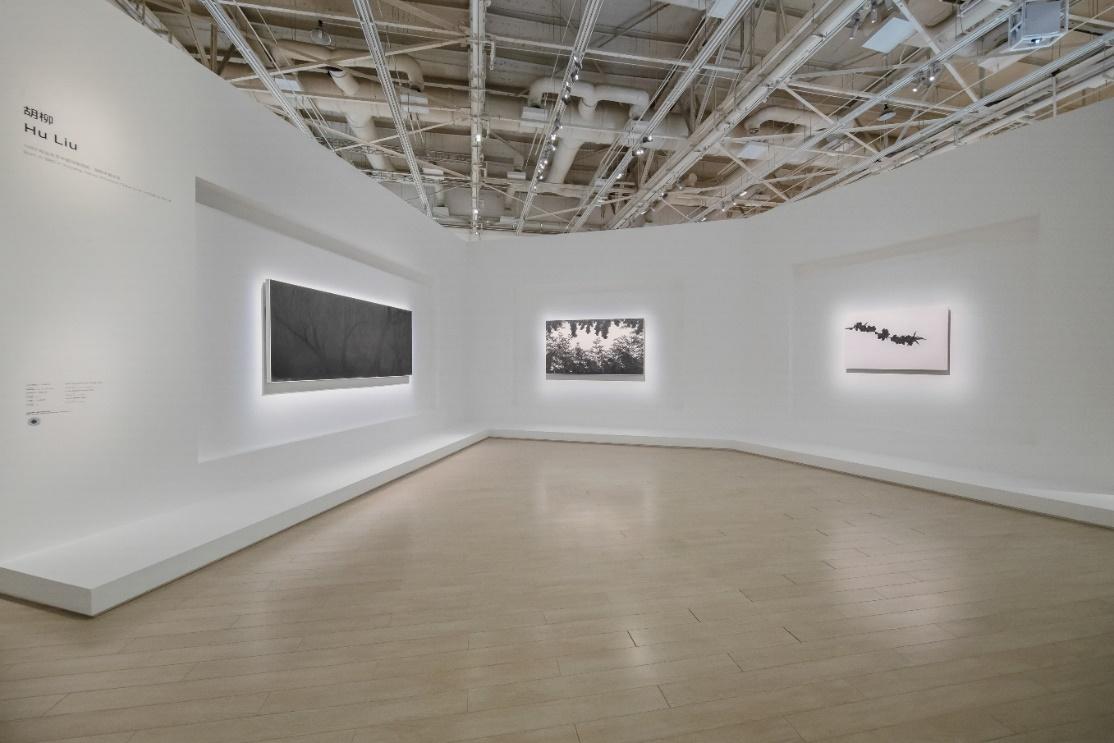 中国艺术家胡柳的参展作品
中国艺术家胡柳的参展作品
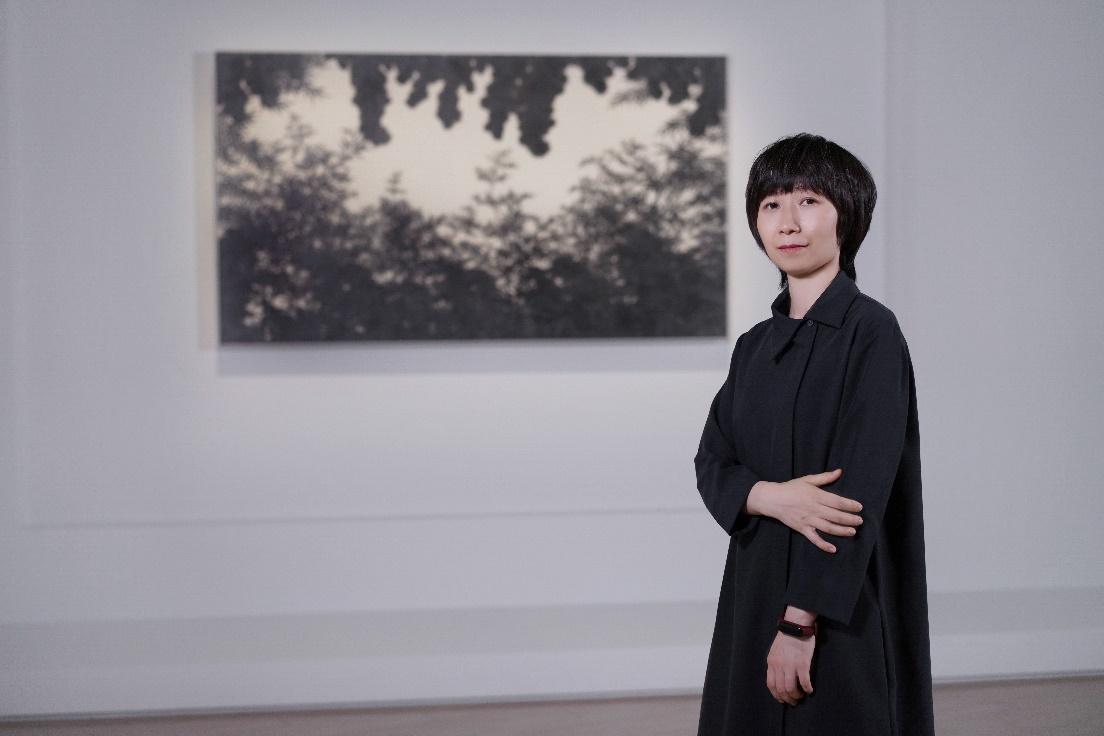 中国艺术家胡柳
中国艺术家胡柳
——张恩利的作品中,“树”充当着很多不同的角色:是风,是诗,也可能是人物。展览中展出的张恩利的四张作品仿若一组老人的肖像。这些没有叶子,饱经沧桑的树干虽然已经年迈,却仍然展示出各自的幽默和自信的性格,好像在向观众讲述着他们年轻时的各种曲折而奇特的经历。
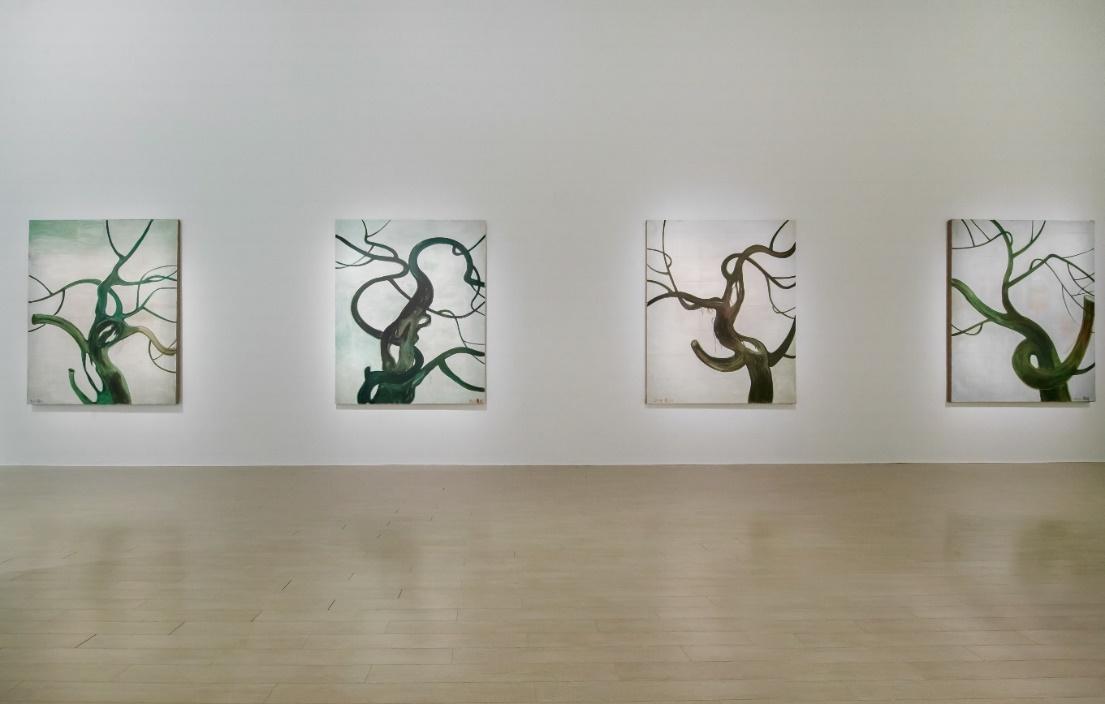 中国艺术家张恩利的参展作品
中国艺术家张恩利的参展作品
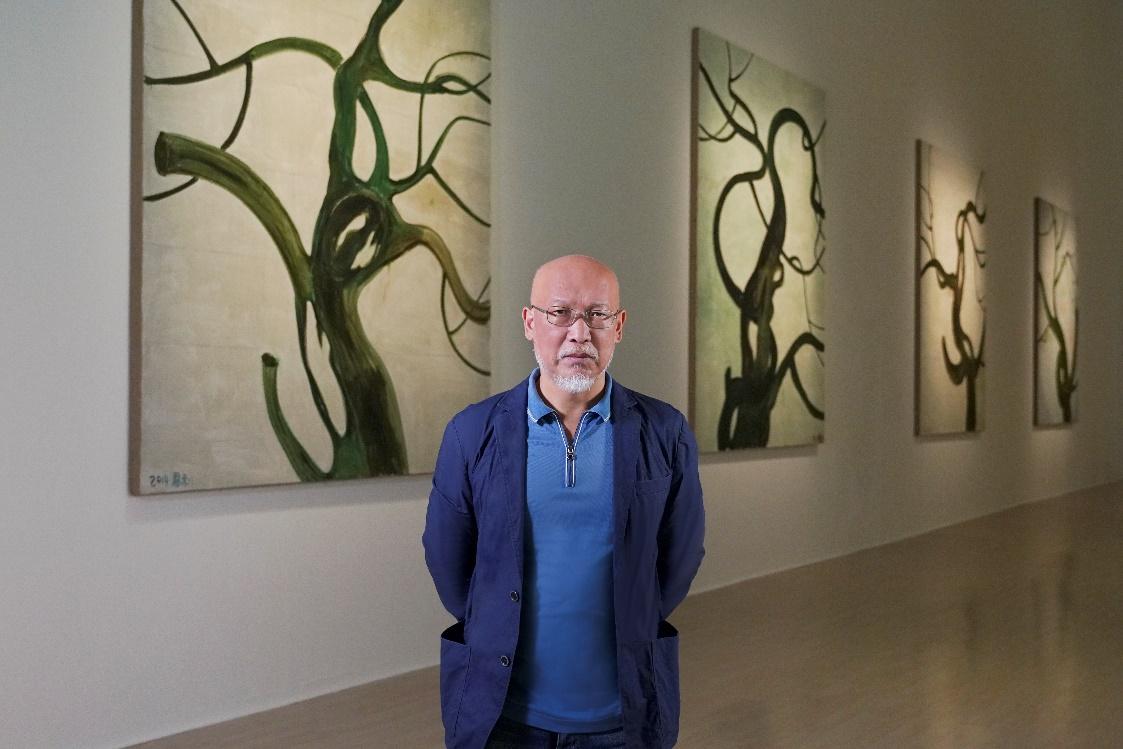 中国艺术家张恩利
中国艺术家张恩利
意大利建筑师斯特法诺·博埃里(Stefano Boeri)和他的上海团队为展览特别创作的装置作品,邀请观众探索“垂直森林城市”理念。在他的方案里,新一代高层城市建筑被树叶和植物完全覆盖,从而推进了建筑与自然在城市空间中的共生关系。
 意大利建筑师斯特法诺·博埃里(Stefano Boeri)的参展作品
意大利建筑师斯特法诺·博埃里(Stefano Boeri)的参展作品
作为“树,树”展览的学术支撑,展览特别编撰了中英文两本画册。画册收录近500幅图片以及多篇学术文章,结合来自艺术家、科学家、哲学家和建筑师的作品,让读者沉浸在树木的美丽、独特和富饶之景中。
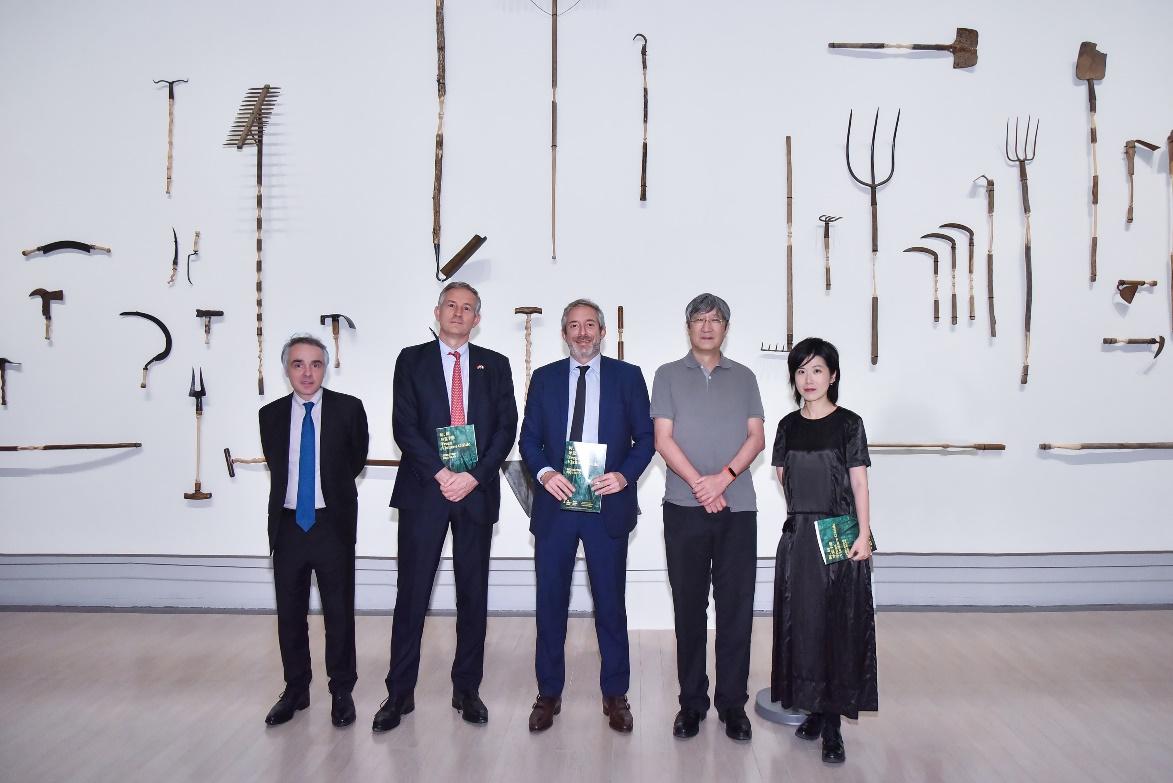 (自左向右)法国驻上海总领事纪博伟(Benoît Guidée)先生,法国驻华大使罗梁(Laurent Bili)先生,卡地亚中国区首席执行官艾敬尧(Guillaume Alix)先生,艺术评论家、此次展览策展人费大为先生,上海当代艺术博物馆馆长及此次展览策展人龚彦女士
(自左向右)法国驻上海总领事纪博伟(Benoît Guidée)先生,法国驻华大使罗梁(Laurent Bili)先生,卡地亚中国区首席执行官艾敬尧(Guillaume Alix)先生,艺术评论家、此次展览策展人费大为先生,上海当代艺术博物馆馆长及此次展览策展人龚彦女士
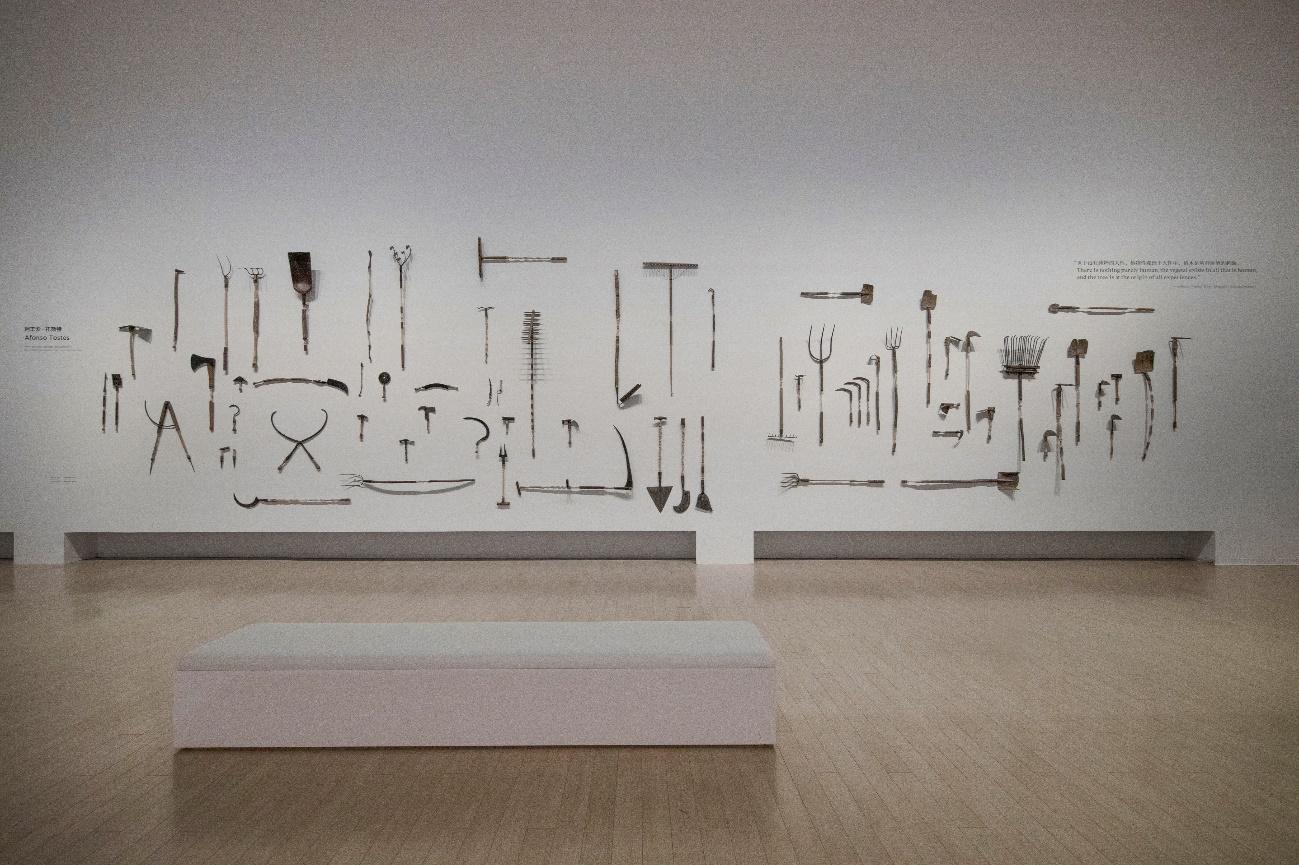 巴西艺术家阿丰索·托斯特(Afonso Tostes)的参展作品
巴西艺术家阿丰索·托斯特(Afonso Tostes)的参展作品
对当代艺术的持续关注之外,自创立伊始,卡地亚的卓越传统还在道德、环境、社会实践与承诺等各方面得以延伸和体现。2005年,卡地亚成为负责任珠宝协会(RJC)的创始成员之一,始终致力于将负责任的商业运营活动融入到整个行业中,通过不断开展更优化的实践方式以提高行业标准。2008年以来,卡地亚坚持测量并抵消直接业务相关的碳排放,到2019年,在全球范围内通过生物多样性保护、清洁能源和碳中和为导向的多元化项目,成功测量并抵消了所有的碳足迹,实现了碳中和。2020年,Cartier for Nature这一独立部门正式成立,旨在为保护生物多样性和健康生态系统提供资金支持,其建立在卡地亚对野生动物保护倡议的支持基础上,例如此前与由联合国开发计划署分管的‘狮子共享基金’(Lions Share Fund)合作,共同支持保护野生动物和动物福利。
树,树 Trees
展期:2021年7月9日 – 10月10日
地点:上海当代艺术博物馆 7楼
主办:上海当代艺术博物馆、卡地亚当代艺术基金会
策展团队:埃尔维·尚戴斯(Hervé Chandès)、龚彦、布鲁斯·阿尔贝(Bruce Albert)、费大为、伊莎贝尔·歌德华(Isabelle Gaudefroy)
艺术家:布鲁斯·阿尔贝(Bruce Albert)、格尔加·巴西奇(Grga Basic)、斯特法诺·博埃里(Stefano Boeri)、杰克·布莱亚特(Jake Bryant)、乔哈那·卡勒(Johanna Calle)、亚历克斯·切尔韦尼(Alex Cerveny)、厄瓦那·亚伊哈(Ehuana Yaira)、约翰·杰拉德(John Gerrard)、弗朗西斯·阿雷(Francis Hallé)、胡柳、黄永砅、法布里斯·伊贝尔(Fabrice Hyber)、吕克·雅盖(Luc Jacquet)、约瑟卡(Joseca)、卡勒彼·萨诺马(Kalepi Sanöma)、穆罕穆德·汗(Mahmoud Khan)、切萨雷·列奥纳迪(Cesare Leonardi)、弗朗索瓦-米歇尔·勒图尔诺(François-Michel Le Tourneau)、斯特凡诺·曼库索(Stefano Mancuso)、赛巴斯提安·梅希亚(Sebastián Mejía)、桑蒂迪欧·佩雷拉(Santídio Pereira)、吉维亚·索默·默谢(Jivya Soma Mashe)、热罗姆·施洛默夫(Jérôme Schlomoff)、弗兰卡·斯塔吉(Franca Stagi)、阿丰索·托斯特(Afonso Tostes)、阿德里安娜·瓦雷让(Adriana Varejão)、卡西欧·瓦斯康切洛斯(Cássio Vasconcellos)、路易斯·泽尔比尼(Luiz Zerbini)、张恩利
该项目已纳入2021中法文化之春,感谢法国驻上海总领事馆的鼎力支持。
关于卡地亚当代艺术基金会
卡地亚当代艺术基金会是一家私立文化机构,通过策划展览、现场表演和讲座,面向全球公众传播当代艺术。1984年由卡地亚创立,卡地亚基金会以巴黎由让·努维尔设计的标志性建筑为中心,为艺术家提供进行艺术创作、与公众会面的空间。卡地亚基金会旨在促进世界各地艺术家、科学家、哲学家、音乐家和建筑师之间的对话与碰撞,多年来发展出一条独一无二的当代艺术策展和收藏之路,其馆藏涵盖了来自50个国家的500位艺术家创作的2000件作品。近年来,卡地亚基金会与多家全球顶尖文化机构建立了合作伙伴关系,其展览足迹遍布东京、布宜诺斯艾利斯、首尔、米兰和上海等城市。
关于上海当代艺术博物馆
上海当代艺术博物馆成立于2012年10月1日,是中国大陆第一家国有当代艺术博物馆,也是上海双年展主场馆。上海当代艺术博物馆建筑由原南市发电厂改造而来,2010年上海世博会期间,曾是“城市未来馆”。它见证了上海从工业到信息时代的城市变迁,其粗砺不羁的工业建筑风格给艺术工作者提供了丰富的想像和创作可能。作为新城市文化的“生产车间”,不断自我更新,不断让自身处于进行时是这所博物馆的生命之源。上海当代艺术博物馆正努力为公众提供一个开放的当代文化艺术展示与学习平台;消除艺术与生活的藩篱;促进不同文化艺术门类之间的合作和知识生产。



























 Tiffany & Co. 蒂芙尼Soleste®系列铂金镶嵌心形钻石戒指,
Tiffany & Co. 蒂芙尼Soleste®系列铂金镶嵌心形钻石戒指, Tiffany & Co. 蒂芙尼T系列T True 18K黄金铺镶钻石戒指及18K黄金戒指
Tiffany & Co. 蒂芙尼T系列T True 18K黄金铺镶钻石戒指及18K黄金戒指 Tiffany & Co. 蒂芙尼The Tiffany® Setting 六爪镶嵌钻戒
Tiffany & Co. 蒂芙尼The Tiffany® Setting 六爪镶嵌钻戒 Tiffany & Co. 蒂芙尼Tiffany True系列订婚钻戒及The Tiffany® Setting 六爪镶嵌钻戒
Tiffany & Co. 蒂芙尼Tiffany True系列订婚钻戒及The Tiffany® Setting 六爪镶嵌钻戒 Tiffany & Co. 蒂芙尼T系列T True 18K玫瑰金戒指
Tiffany & Co. 蒂芙尼T系列T True 18K玫瑰金戒指 Tiffany & Co. 蒂芙尼Atlas X系列18K玫瑰金铺镶钻石宽式戒指及镶钻宽式戒指
Tiffany & Co. 蒂芙尼Atlas X系列18K玫瑰金铺镶钻石宽式戒指及镶钻宽式戒指 Tiffany®Setting经典钻戒
Tiffany®Setting经典钻戒 TIFFANY True钻戒
TIFFANY True钻戒 Elsa Peretti®戒指
Elsa Peretti®戒指 选购Atlas X戒指
选购Atlas X戒指
 选购蒂芙尼情侣对戒
选购蒂芙尼情侣对戒



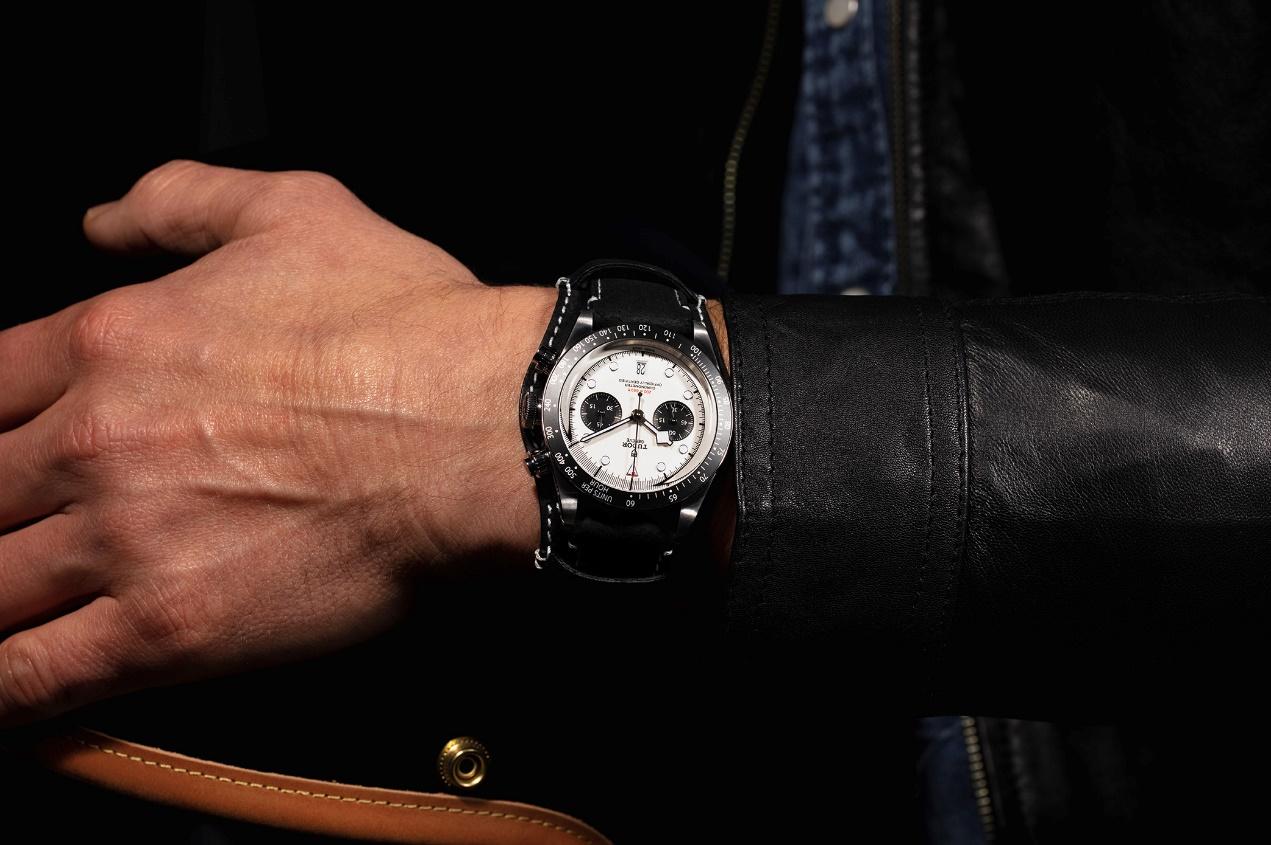
 2021“树,树”展览现场
2021“树,树”展览现场 新闻发布会
新闻发布会 开幕座谈
开幕座谈 开幕座谈
开幕座谈 开幕式及酒会
开幕式及酒会 艺术评论家、此次展览策展人费大为先生
艺术评论家、此次展览策展人费大为先生 2021“树,树”展览现场
2021“树,树”展览现场 法国植物学家弗朗西斯·阿雷(Francis Hallé)的参展作品
法国植物学家弗朗西斯·阿雷(Francis Hallé)的参展作品 法国艺术家法布里斯·伊贝尔(Fabrice Hyber)的参展作品
法国艺术家法布里斯·伊贝尔(Fabrice Hyber)的参展作品 哥伦比亚艺术家乔哈那·卡勒(Johanna Calle)的参展作品
哥伦比亚艺术家乔哈那·卡勒(Johanna Calle)的参展作品 意大利植物学家斯特凡诺·曼库索(Stefano Mancuso)
意大利植物学家斯特凡诺·曼库索(Stefano Mancuso) 巴西艺术家路易斯·泽尔比尼(Luiz Zerbini)的参展作品
巴西艺术家路易斯·泽尔比尼(Luiz Zerbini)的参展作品 亚马逊北部亚诺玛米部落土著艺术家卡勒彼·萨诺马(Kalepi Sanöma)的参展作品
亚马逊北部亚诺玛米部落土著艺术家卡勒彼·萨诺马(Kalepi Sanöma)的参展作品 亚马逊北部亚诺玛米部落土著艺术家约瑟卡(Joseca)的参展作品
亚马逊北部亚诺玛米部落土著艺术家约瑟卡(Joseca)的参展作品 中国艺术家黄永砅的参展作品
中国艺术家黄永砅的参展作品 中国艺术家胡柳的参展作品
中国艺术家胡柳的参展作品 中国艺术家胡柳
中国艺术家胡柳 中国艺术家张恩利的参展作品
中国艺术家张恩利的参展作品 中国艺术家张恩利
中国艺术家张恩利 意大利建筑师斯特法诺·博埃里(Stefano Boeri)的参展作品
意大利建筑师斯特法诺·博埃里(Stefano Boeri)的参展作品 (自左向右)法国驻上海总领事纪博伟(Benoît Guidée)先生,法国驻华大使罗梁(Laurent Bili)先生,卡地亚中国区首席执行官艾敬尧(Guillaume Alix)先生,艺术评论家、此次展览策展人费大为先生,上海当代艺术博物馆馆长及此次展览策展人龚彦女士
(自左向右)法国驻上海总领事纪博伟(Benoît Guidée)先生,法国驻华大使罗梁(Laurent Bili)先生,卡地亚中国区首席执行官艾敬尧(Guillaume Alix)先生,艺术评论家、此次展览策展人费大为先生,上海当代艺术博物馆馆长及此次展览策展人龚彦女士 巴西艺术家阿丰索·托斯特(Afonso Tostes)的参展作品
巴西艺术家阿丰索·托斯特(Afonso Tostes)的参展作品